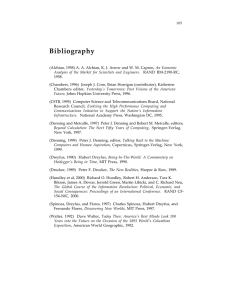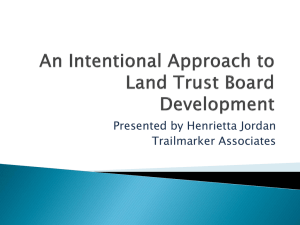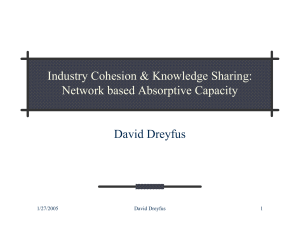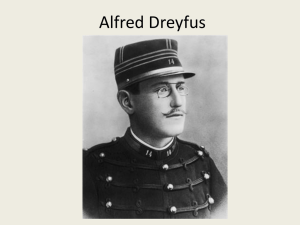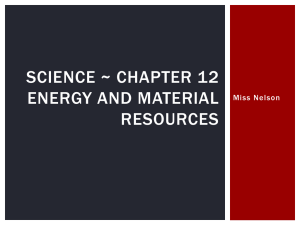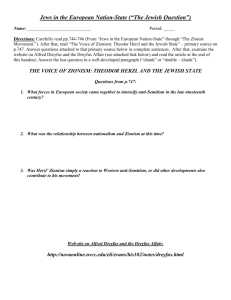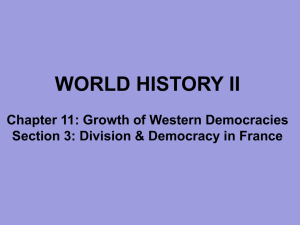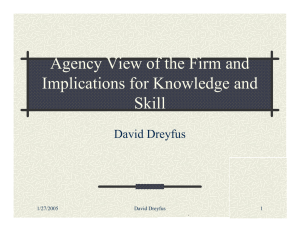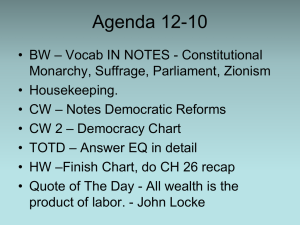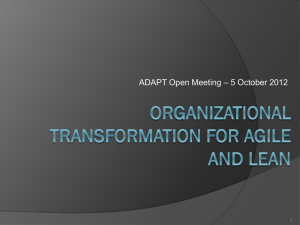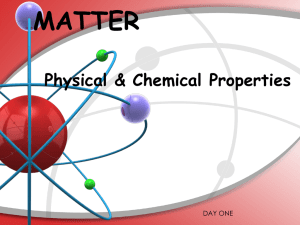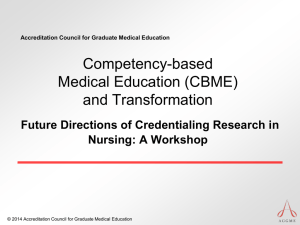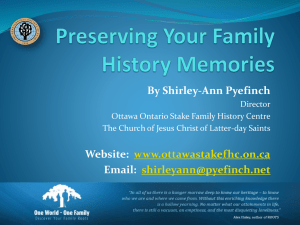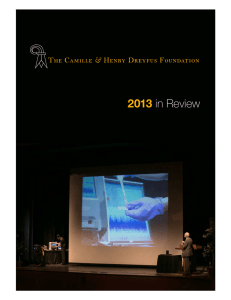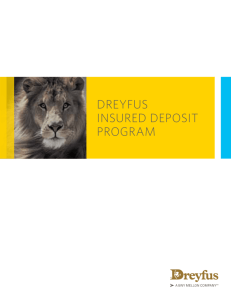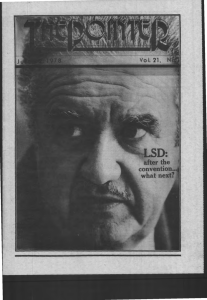Presentation
advertisement
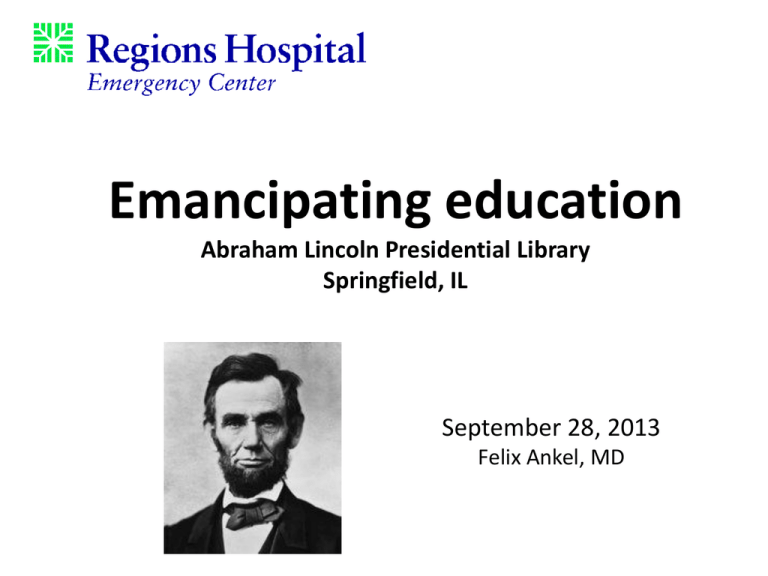
Emancipating education Abraham Lincoln Presidential Library Springfield, IL September 28, 2013 Felix Ankel, MD Watson Human Curate From Hierarchies to Networks Community of Practice Community of practice Create All, We recently had a case where an intern, when asked by the nurse taking care of a patient with a NSTEMI, said it was okay for the patient to go to the bathroom off monitor. You guessed it; the patient subsequently was found in arrest in the bathroom. In our reactionary culture, some of our faculty are advocating for all decisions to go through the 3rd year resident and to make sure the intern doesn’t make decisions that adversly affect patient care. So, the questions for the collective: • Do you have a formal statement about what interns are allowed to do? • If not formally, do you have a process of what interns are allowed to do? • Are the nurses the “determiners” of who to go to? The “Miracle” of Medical Education Slide credit Eric Holmboe •Autonomy •Complexity •Context Autonomy Able to take full responsibility for going beyond existing standards and creating own interpretations From the professional standards for conservation, Institute of Conservation (London) 2003, Based on the Dreyfus model on skill acquisition Complexity Holistic grasp of complex situations, moves between intuitive and analytical approaches with ease From the professional standards for conservation, Institute of Conservation (London) 2003, Based on the Dreyfus model on skill acquisition Context Sees overall “picture” and alternative approaches; vision of what may be possible From the professional standards for conservation, Institute of Conservation (London) 2003, Based on the Dreyfus model on skill acquisition The Light at the End of the Tunnel… …Is a Freight Train 1. Explosion of medical knowledge: need to re-conceptualize competence 2. The growth of performance measurement: quality and safety indicators, patient experience, etc. 3. Shift to interprofessional care and changing scope of practice 4. Advances in cognitive science: expertise, retrieval practice, situated and distributed cognition, etc. 5. Critical role of “context” – complex adaptive systems 6. Growing public pressure to change 7. HIT/Clinical Decision Support Slide credit Eric Holmboe Why CBME: 21st Century Healthcare Frenk J, et al. Health professionals for a new century: transforming education to strengthen health systems in an interdependent world. Lancet. 2010 Next Accreditation System Case Logs Resident & Faculty Opinions Milestone Reporting (semi-annually) 22 Continuous Oversight & Improvement Emphasis Program & Institutional Information Uniformity of Milestone Reporting • 5 levels of proficiency – Novice, Beginner, Competent, Proficient, Expert • Level 4 - The ABEM certification standard – By definition where an individual should be at time of graduation • • • • Level 5 - Attained after practice Narrative anchors Based on knowledge, skills and abilities (KSAs) Balance between – Deconstruction (microtasks) – Integration (complex performance) Reliabilities across methods slide created by Cees van der Vleuten 2012 CaseTesting Based Time in Oral Long Short Hours MCQ1 Essay2 PMP1 Exam3 Case4 OSCE5 1 0.62 0.68 0.36 0.50 0.60 0.47 2 0.76 0.73 0.53 0.69 0.75 0.64 4 0.93 0.84 0.69 0.82 0.86 0.78 8 0.93 0.82 0.82 0.90 0.90 0.88 1Norcini et al., 1985 2Stalenhoef-Halling et al., 1990 3Swanson, 1987 4Wass et al., 2001 2002 5Petrusa, What are the characteristics of a highly functioning CBME system? Structure- and Competencyprocess-based Based Driving Force: Curriculum Content Outcome Driving Force: Process Teacher Learner Path of learning Hierarchical Non-hierarchical Responsibility for content Teacher Student and teacher Goal for educational encounter Program completion Knowledge acquisition Knowledge application Fixed time Variable time Carraccio C, Wolfshtal SD, Englander R, Ferentz K, Martin C. 2002. Shifting paradigms: from Flexner to competencies. Acad Med 77(5):361-367. p 362. “This has resulted in the world’s first pilot of a competency (as opposed to time) based orthopedic training program” Macrotrends • • • • From hierarchies to networks (CoP) From individual experts to wisdom of crowds (CCC) From knowledge to competency (CBME) From carrots and sticks to autonomy, mastery, and purpose (Dreyfus and Dreyfus) • From function to design (CLER visit) • From argument to story (narrative anchor) Drivers and themes for innovation • Curation and Aggregation • Communities of Practice • Creation of Tools • Assessment • Time • Money Competency by design Thank you • • • • • • • Brad Gordon Rob Cooney Jessie Nelson Derek Schmidt Jason Frank Ali Jalali Cees Van der Vleuten • • • • • Tom Nasca Mary Healy David Griffen Julie Kirkham Eric Holmboe

